The Top 7 Fishing Towns in the U.S. for Angler-Friendly Vibes
America’s coastlines, lakes, and rivers offer some of the world’s most spectacular fishing opportunities, and scattered across the country are towns that have built their identities around the angling lifestyle. These fishing havens combine stunning natural settings with rich maritime traditions, creating perfect destinations for those who live for the thrill of the catch.
From the rugged shores of Alaska to the sun-drenched Florida Keys, these communities welcome anglers with open arms, offering specialized infrastructure, expert knowledge, and a culture that celebrates fishing not just as a hobby but as a way of life.
Whether you’re a seasoned professional or a casual weekend fisher, these seven towns represent the pinnacle of America’s angler-friendly destinations, each offering its own unique charm and fishing opportunities.
Montauk, New York: The Fishing Capital of the East
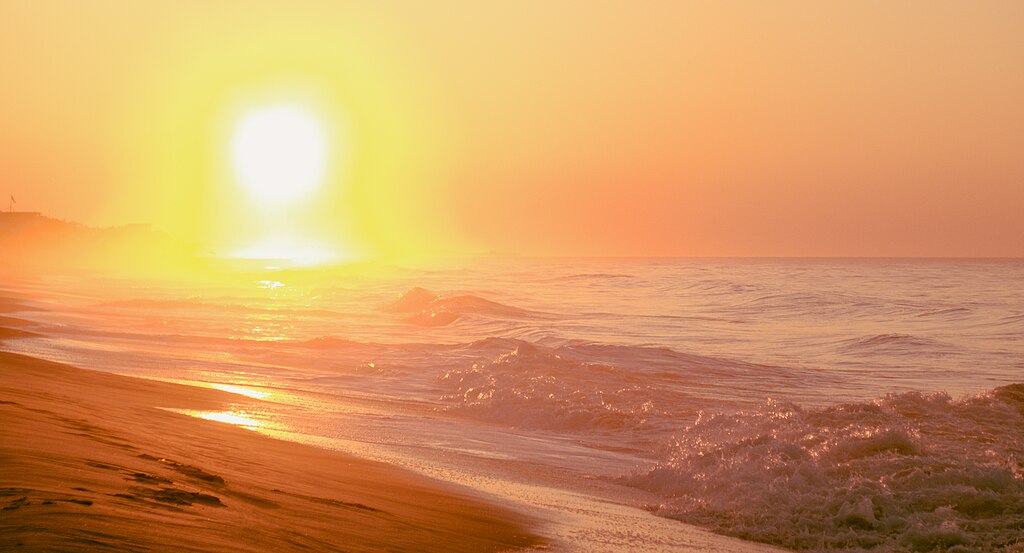
Situated at the easternmost tip of Long Island, Montauk has rightfully earned its reputation as one of America’s premier fishing destinations. This historic fishing town offers anglers access to both the Atlantic Ocean and Block Island Sound, creating diverse fishing opportunities year-round. Montauk’s fishing legacy dates back generations, with a commercial fleet that still brings in impressive hauls of tuna, striped bass, bluefish, and fluke daily.
The town hosts several major fishing tournaments annually, including the famous Montauk Shark Tournament, drawing competitive anglers from across the country. What truly sets Montauk apart is how deeply fishing is woven into the fabric of daily life – from the bustling harbor where charter boats line up at dawn to the restaurants serving fresh-caught seafood and the tackle shops where locals share the day’s hot spots.
Key West, Florida: Tropical Paradise for Diverse Catches
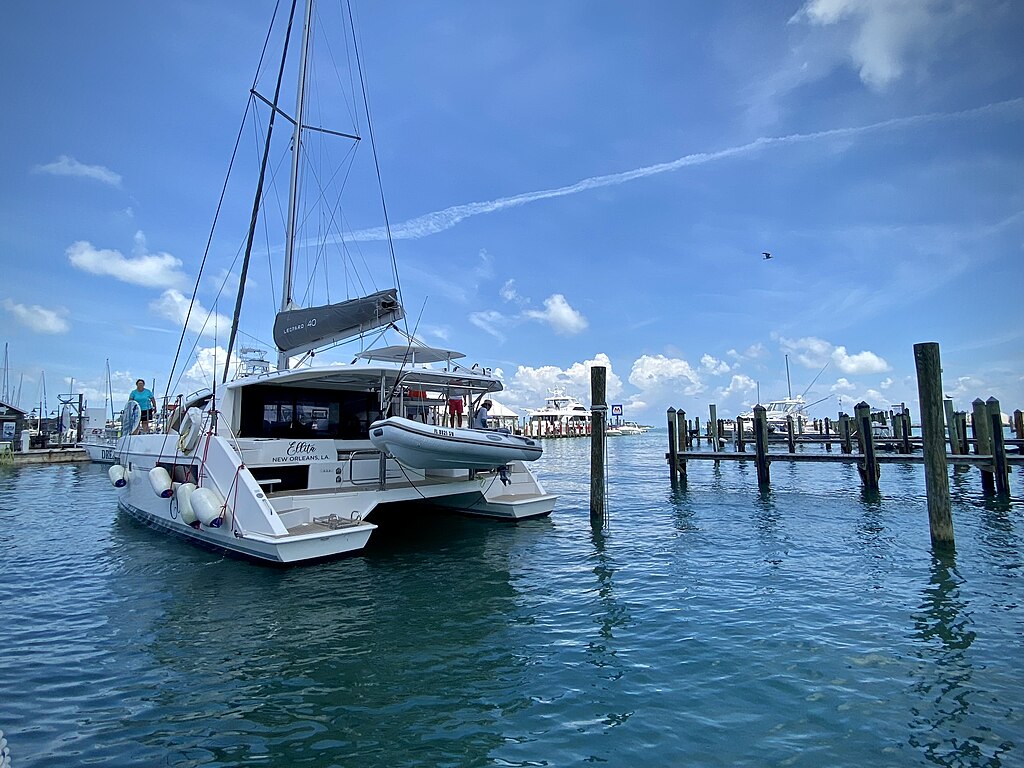
At the southernmost point of the continental United States, Key West offers anglers a tropical fishing paradise with some of the most diverse fishing opportunities in the country. The convergence of the Gulf of Mexico and the Atlantic Ocean creates an incredibly rich marine ecosystem that supports everything from massive tarpon and permit to sailfish and marlin.
Key West’s fishing culture is both laid-back and passionate, reflecting the island’s overall vibe, with fishing charters departing throughout the day from the historic harbor. The town honors its fishing heritage through events like the Key West Marlin Tournament and the daily Sunset Celebration at Mallory Square, where locals and tourists gather to watch fishing boats return with their catches.
What makes Key West especially appealing is its year-round fishing season – while northern towns hibernate during winter months, Key West’s waters remain productive and accessible throughout the year.
Homer, Alaska: Halibut Fishing Heaven
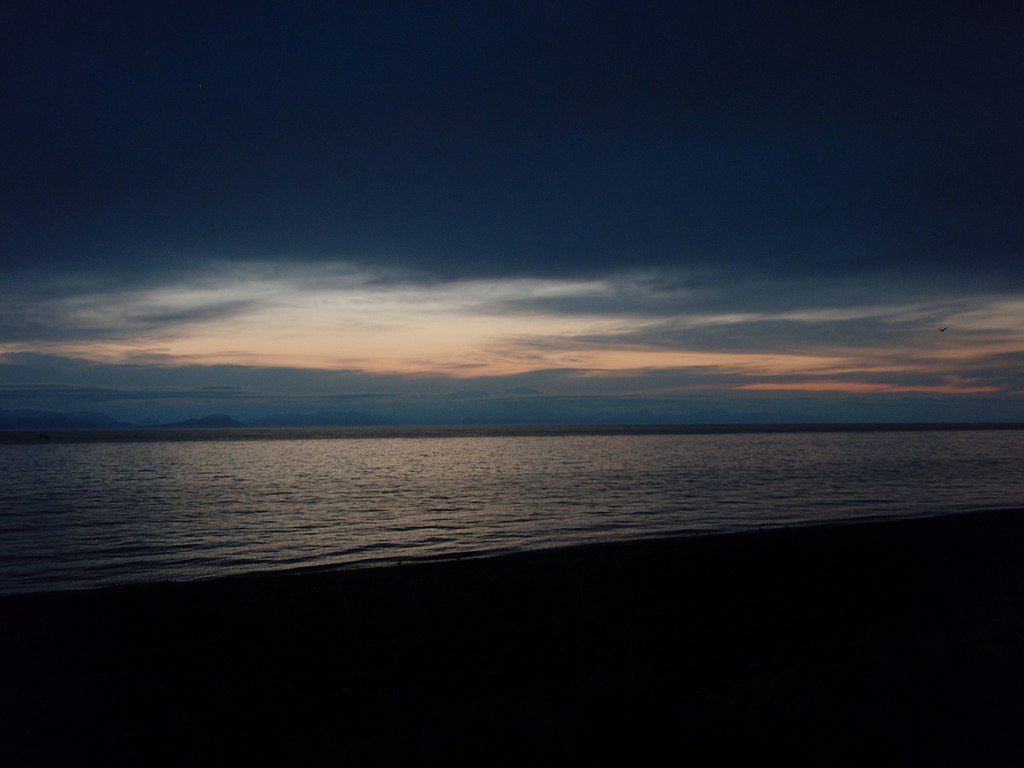
Known as the “Halibut Fishing Capital of the World,” Homer sits dramatically on the shores of Kachemak Bay on Alaska’s Kenai Peninsula, offering some of the most spectacular fishing settings imaginable. The town’s distinctive geographic feature is the Homer Spit, a 4.5-mile finger of land extending into the bay that serves as the center of the fishing community.
Homer’s waters are famous for producing trophy-sized halibut, with 300-pound catches not uncommon, alongside excellent salmon fishing during the summer runs. Beyond the impressive catches, Homer’s fishing culture is defined by its self-reliance and respect for nature, with many locals practicing subsistence fishing alongside recreational angling.
The town’s support infrastructure is exceptional, with numerous processing facilities that can clean, fillet, vacuum-pack, and even ship your catch back home – a service particularly appreciated by visiting anglers.
Port Aransas, Texas: The Lone Star State’s Fishing Gem
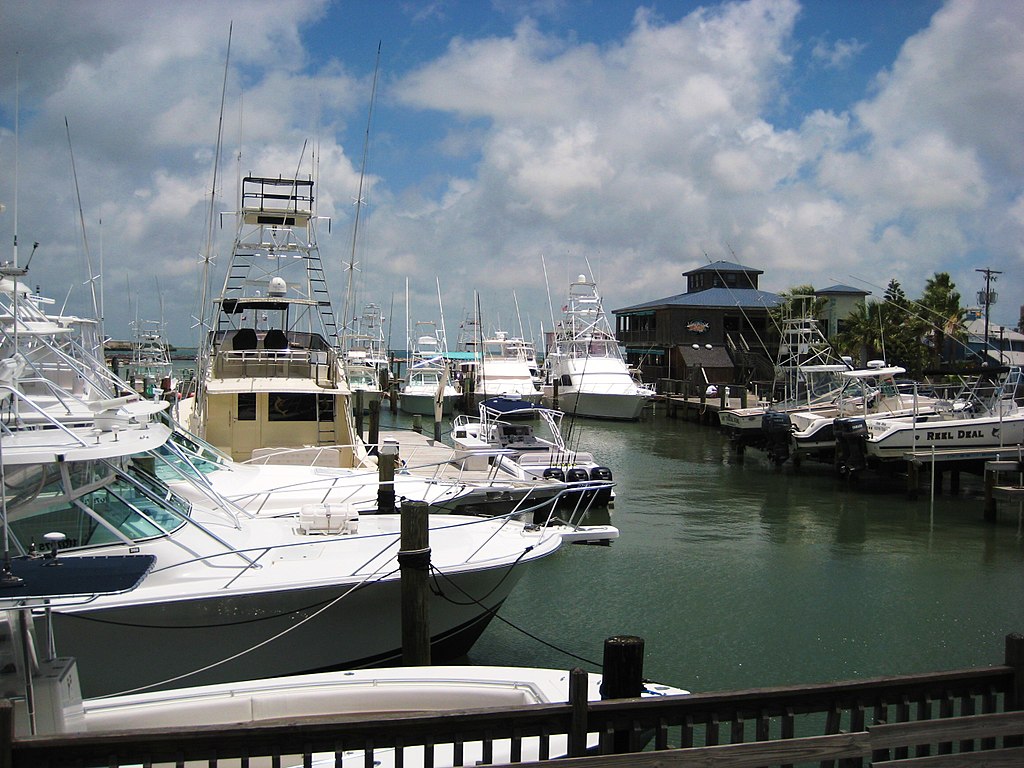
Nestled on Mustang Island along Texas’s Gulf Coast, Port Aransas combines Southern hospitality with world-class offshore and inshore fishing opportunities. This vibrant coastal community has transformed from a small fishing village into a premier destination for anglers seeking redfish, speckled trout, flounder, and, further offshore, kingfish, mahi-mahi, and various snapper species.
What distinguishes Port Aransas is its accessibility – anglers can enjoy productive fishing from jetties, piers, and beaches without necessarily needing a boat. The town embraces its fishing identity through events like the Deep Sea Roundup, Texas’s oldest fishing tournament, which has been running for over 80 years.
Port Aransas’s fishing-friendly infrastructure includes numerous cleaning stations along the harbor, specialized fishing resorts, and a remarkable number of restaurants that will cook your catch for you – the ultimate satisfaction after a successful day on the water.
Ketchikan, Alaska: Salmon Capital of the World
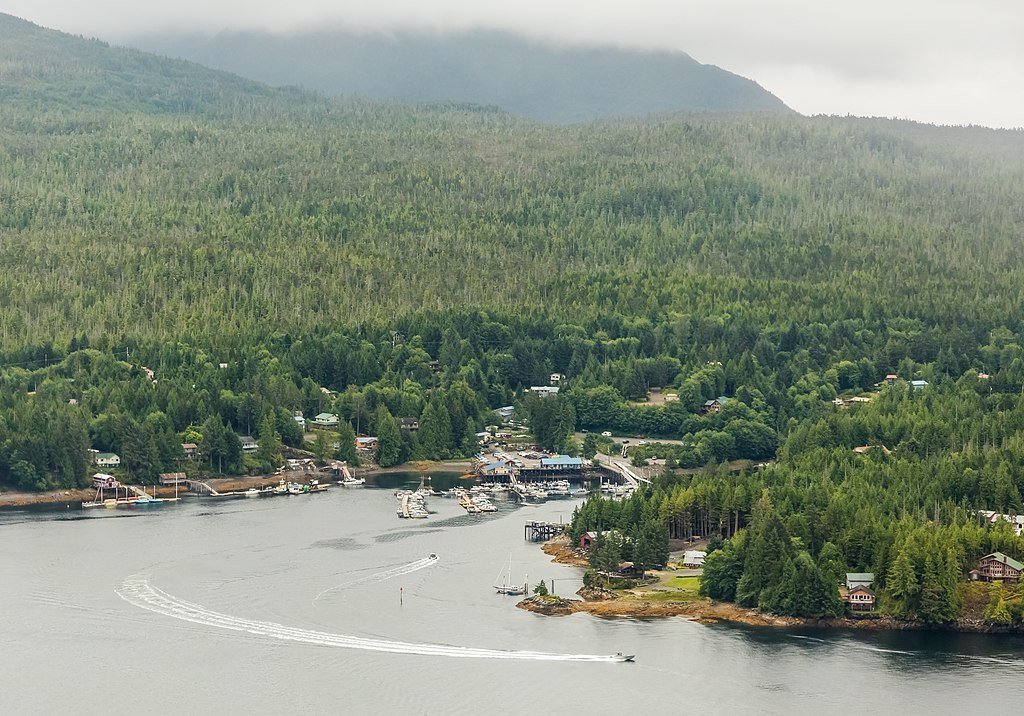
Self-proclaimed as the “Salmon Capital of the World,” Ketchikan delivers on this bold claim with some of the most reliable and abundant salmon fishing in existence. Located in Alaska’s southeastern panhandle, this picturesque town is often the first glimpse of Alaska for many visitors arriving by cruise ship, but anglers know it as a paradise for all five species of Pacific salmon.
Ketchikan’s fishing culture is deeply intertwined with Native Alaskan traditions, particularly those of the Tlingit people, who have fished these waters for thousands of years. The town’s Creek Street, a historic boardwalk built over Ketchikan Creek, offers visitors the unique opportunity to watch salmon swimming upstream during spawning season right from downtown.
What makes Ketchikan especially appealing is its relatively mild climate by Alaskan standards, with a longer fishing season than many other Alaskan destinations, though the peak summer months offer the most consistent action.
Islamorada, Florida: Sportfishing Capital of the World
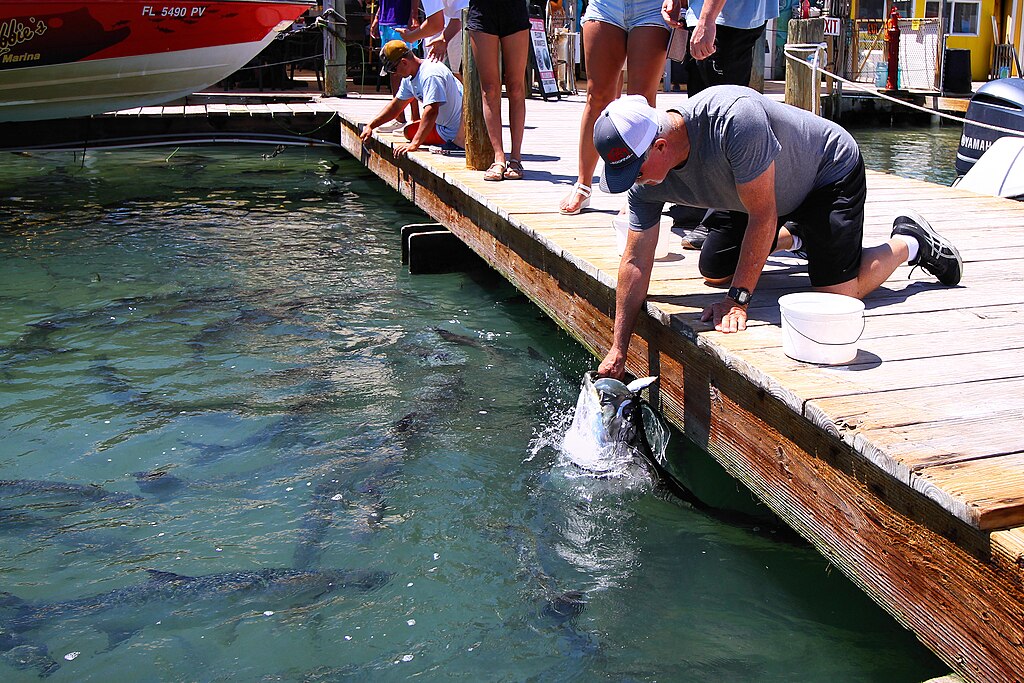
Comprised of six islands in the Florida Keys, Islamorada boldly claims the title “Sportfishing Capital of the World” – and few who fish these waters would argue. This fishing paradise offers the rare opportunity to target both saltwater flats species and deep-sea pelagics on the same day, with the Gulf of Mexico on one side and the Atlantic Ocean on the other.
Islamorada pioneered the development of flats fishing techniques, particularly for bonefish, permit, and tarpon – collectively known as the “grand slam” of flats fishing. The town’s fishing heritage is celebrated at the Florida Keys History of Diving Museum and the Islamorada Library of Angling History, where visitors can explore the evolution of sportfishing techniques that changed recreational fishing worldwide.
What truly sets Islamorada apart is its concentration of fishing expertise – the guide community here represents generations of accumulated knowledge, with many captains being second or third-generation fishing professionals who can put anglers on fish with remarkable consistency.
Westport, Washington: Pacific Northwest Fishing Haven

Situated at the mouth of Grays Harbor on Washington’s coast, Westport offers Pacific Northwest anglers incredible access to both salmon and bottom fish, alongside one of the most productive recreational tuna fisheries in the continental United States. This working fishing town maintains an authentic character, with its commercial fishing fleet operating alongside the recreational charter boats that depart daily from the marina.
Westport’s annual Seafood Festival and Craft Show celebrates the town’s maritime heritage, featuring local catches prepared in traditional Pacific Northwest styles. What makes Westport especially appealing is its variety – anglers can target chinook and coho salmon, halibut, lingcod, and albacore tuna depending on the season, often with impressive catch limits compared to other regions.
The town’s relatively uncrowded waters, especially compared to more famous fishing destinations, offer a more peaceful experience while still providing world-class fishing opportunities.
The Economic Impact of Fishing Tourism
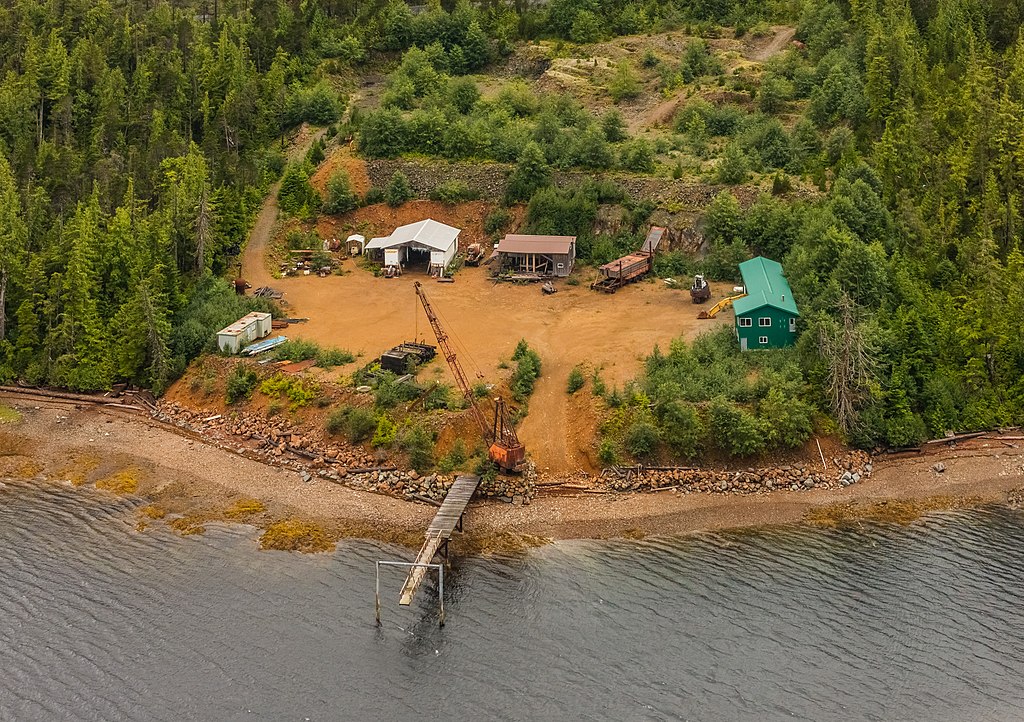
Fishing tourism serves as the economic lifeblood of many of these communities, generating substantial revenue through charter bookings, tackle sales, accommodations, and dining. In towns like Montauk and Islamorada, the annual influx of anglers supports thousands of jobs directly and indirectly related to the fishing industry.
Studies have shown that recreational anglers spend an average of $200-300 per day while visiting prime fishing destinations, with multi-day trips often reaching into thousands of dollars per visitor. This economic impact extends beyond obvious fishing-related businesses to include souvenir shops, grocery stores, and other retail establishments that might otherwise struggle in small coastal communities.
The seasonal nature of fishing tourism in northern destinations creates particular challenges, with towns like Homer and Ketchikan experiencing dramatic population and economic fluctuations between peak fishing seasons and quieter winter months.
Conservation Efforts in America’s Fishing Towns
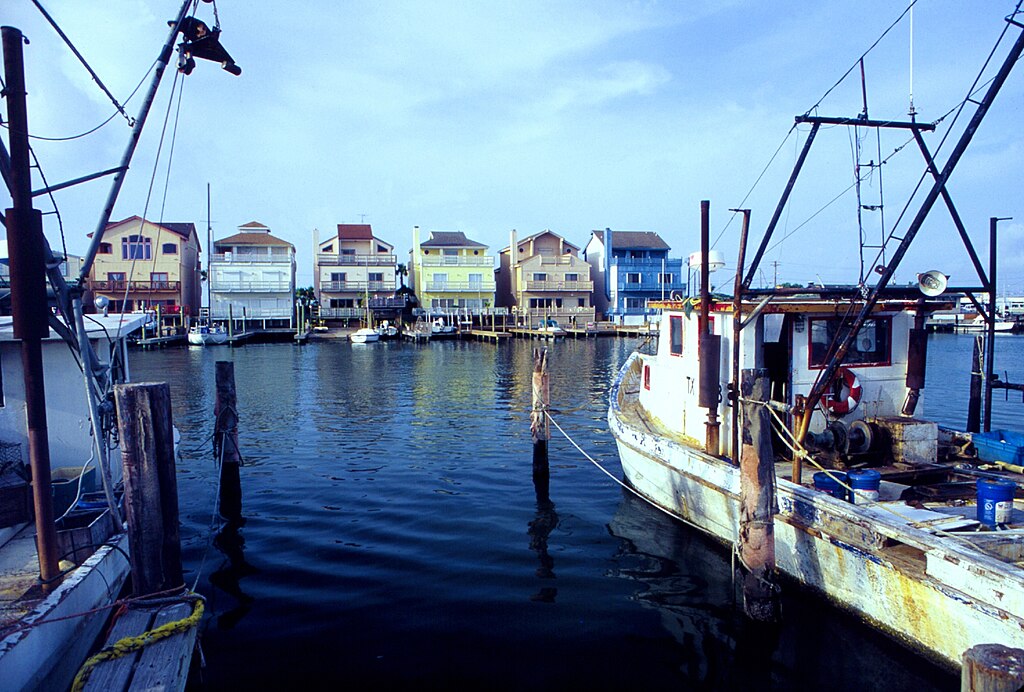
Many of America’s top fishing towns have become leaders in marine conservation efforts, recognizing that their economic futures depend on healthy, sustainable fisheries. In Islamorada, local guides were instrumental in establishing catch-and-release practices for bonefish and permit, helping populations rebound from previous overfishing.
Ketchikan has embraced stringent salmon management practices that ensure adequate spawning escapement before allowing harvesting. Conservation organizations like the Coastal Conservation Association and Bonefish & Tarpon Trust often find strong support in these fishing communities, with local chapters actively engaged in habitat restoration projects and advocacy for science-based fisheries management.
What’s particularly encouraging is how these towns have transformed conservation from a regulatory burden into a point of community pride, with many charter operations now marketing their sustainable practices as part of the experience they offer to visitors.
Fishing Tournaments and Community Events

Fishing tournaments serve as cultural touchstones in America’s premier angling towns, drawing competitors and spectators while celebrating local fishing traditions. Key West’s annual Hemingway Days include a marlin tournament honoring the author’s fishing legacy, while Homer’s Halibut Derby runs all summer with substantial cash prizes for the largest catches.
These events often incorporate strong charitable components, with proceeds supporting local educational programs, marine research, and conservation initiatives. Beyond competitive events, community fish fries, seafood festivals, and blessing of the fleet ceremonies strengthen the connection between recreational fishing and local cultural identity.
Many towns have developed signature events that highlight their specific fishing opportunities – Port Aransas celebrates its redfish population with the Redfish Rodeo, while Westport’s Tuna Classic showcases its offshore fishery.
The Charter Fishing Experience
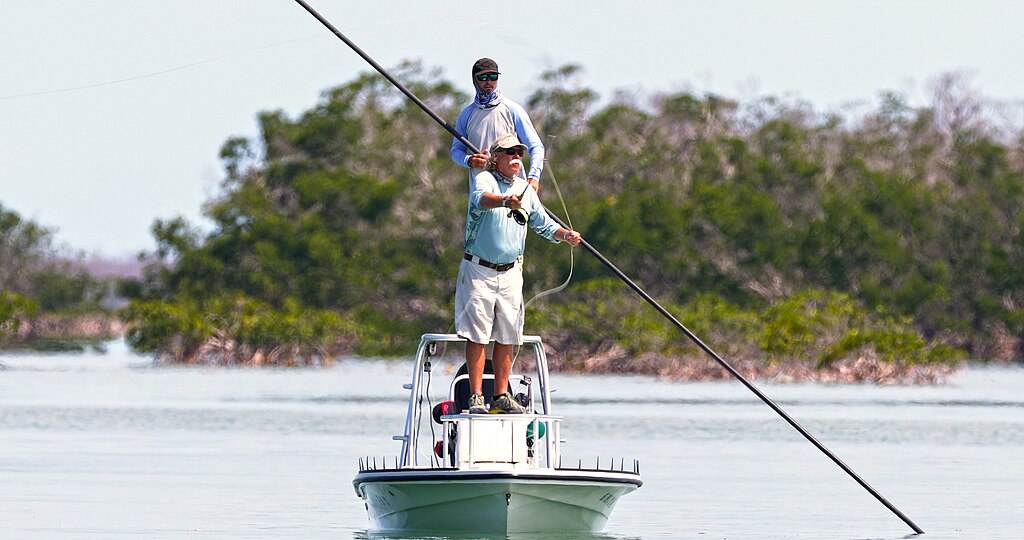
Charter fishing represents the most accessible entry point for visitors looking to experience these legendary fishing destinations, with operations ranging from basic half-day inshore trips to multi-day offshore expeditions. The quality of charter operations in top fishing towns typically exceeds what’s found in more general tourist destinations, with captains possessing intimate knowledge of local waters developed over decades.
Charter experiences vary significantly between locations – Montauk is known for its high-energy bottom fishing for fluke and sea bass, while Islamorada specializes in technical poling across shallow flats targeting sight-cast opportunities. Most top fishing towns have developed specialized charter niches, with boats configured for specific target species and fishing techniques.
The relationship between charter captains and their communities runs deep, with many captains serving as unofficial ambassadors for their towns and contributing significantly to local conservation and regulatory discussions.
Accommodations and Amenities for Anglers

The best fishing towns have developed specialized accommodations catering specifically to anglers’ unique needs. Fish-friendly hotels and lodges offer features like cleaning stations, vacuum sealing services, freezer storage for catches, and early breakfast options for those departing before dawn.
Many properties maintain relationships with local charter operations, offering package deals and handling all the logistics of booking fishing trips for their guests. In destinations like Homer and Ketchikan, fishing lodges represent the premium accommodation option, often including guided fishing, meals, and processing services in all-inclusive packages.
Beyond lodging, these towns typically offer specialized retail options for anglers, from well-stocked tackle shops to specialty outdoor clothing stores prepared to outfit visitors for local conditions.
Culinary Traditions and Seafood Culture
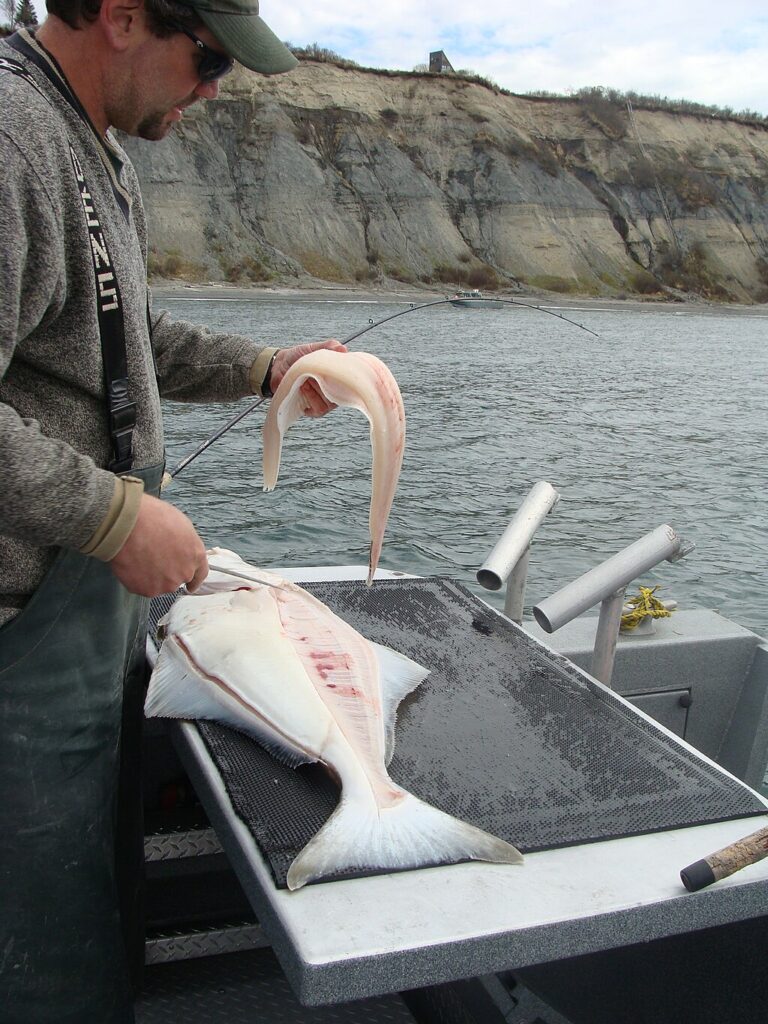
The connection between fishing and food is celebrated in all great fishing towns, with local restaurants showcasing the bounty of surrounding waters through regional cooking styles. Key West’s restaurants highlight Caribbean influences with preparations like blackened fish with tropical fruit salsas, while Alaskan establishments often feature simple preparations that highlight the exceptional quality of freshly caught salmon and halibut.
Many establishments offer “cook your catch” services, where anglers can bring their day’s harvest to be prepared by professional chefs – a particularly satisfying conclusion to a successful fishing day. The farm-to-table ethos that has swept American dining reaches its ultimate expression in these communities, where boat-to-table might be the more accurate description.
Seafood festivals in these towns serve as both cultural celebrations and culinary showcases, with competitions for best chowder, fish taco, or signature local dish drawing both serious foodies and casual visitors.
Planning Your Fishing Town Vacation
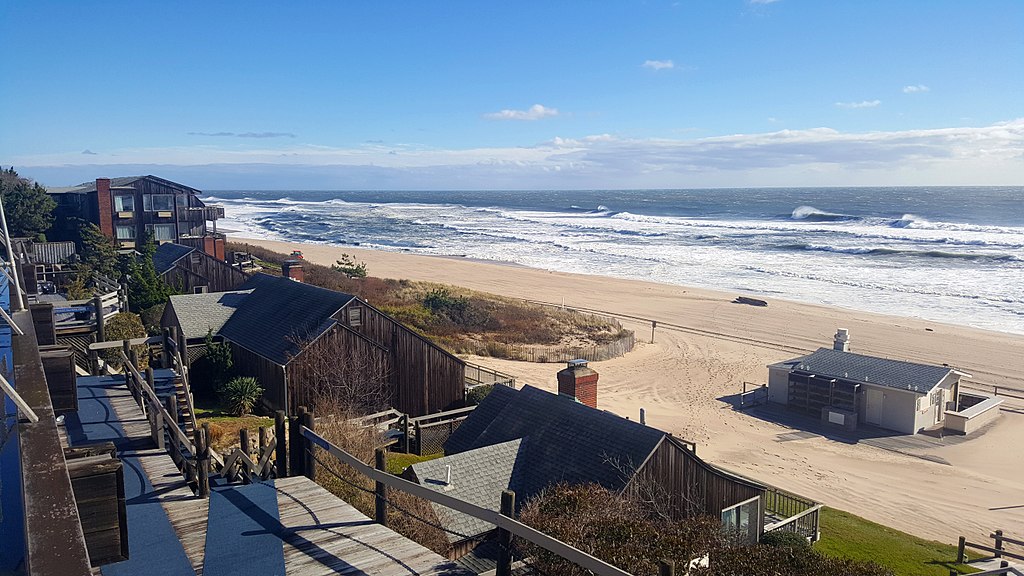
Visiting America’s premier fishing towns requires strategic planning to align with peak fishing seasons and ensure availability of quality charters and accommodations. For destinations like Montauk and Westport, summer and early fall offer the most reliable weather and fishing conditions, while Florida destinations like Key West and Islamorada shine during winter months when northern locations are less accessible.
Research regarding fishing regulations is essential, as limits, seasons, and license requirements vary significantly between states. Budget considerations should account for the full experience – while charter prices form the core expense, additional costs for fish processing, accommodations, and specialized gear can significantly impact the overall investment.
Most serious anglers recommend booking at least 3-4 days of fishing during a visit, allowing for potential weather cancellations and providing opportunities to target different species or fishing environments.
The Future of America’s Fishing Towns

America’s premier fishing towns face both challenges and opportunities as they navigate changing environmental conditions, evolving tourism patterns, and shifting demographics. Climate change represents perhaps the most significant concern, with warming waters affecting fish migration patterns and habitat viability, particularly in sensitive environments like the Florida Keys.
Many communities are responding by diversifying their tourism offerings while still maintaining their fishing identity – Montauk has embraced its reputation as a surf destination, while Homer promotes wildlife viewing alongside its famous halibut fishery.
Conservation initiatives increasingly incorporate citizen science components, with visiting anglers contributing to tagging programs and population studies. Despite these challenges, the future appears bright for communities that maintain authentic fishing cultures while adapting to changing conditions – the fundamental appeal of connecting with nature through fishing remains as powerful as ever, ensuring these special places will continue attracting those who love the water and the creatures that inhabit it.
Conclusion

America’s premier fishing towns offer far more than just opportunities to catch fish – they provide immersive experiences into communities where fishing isn’t just an activity but a way of life. From the salmon-rich waters of Alaska to the tropical flats of the Florida Keys, these destinations represent the perfect marriage of natural resources, cultural heritage, and specialized infrastructure that creates truly exceptional angling experiences.
What unites these diverse communities is a deep respect for their waters and the fish that inhabit them, alongside a genuine welcome for visiting anglers who share their passion. Whether you’re seeking a trophy halibut in Homer, a lightning-fast bonefish in Islamorada, or striped bass in Montauk, these seven towns offer not just great fishing but authentic connections to America’s rich maritime traditions.

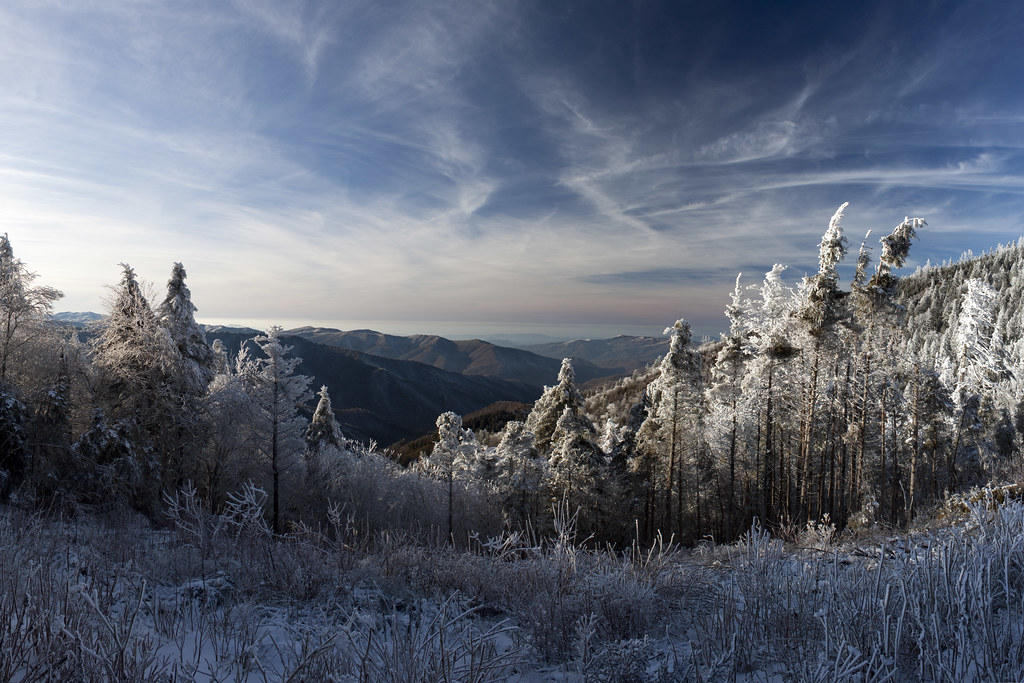
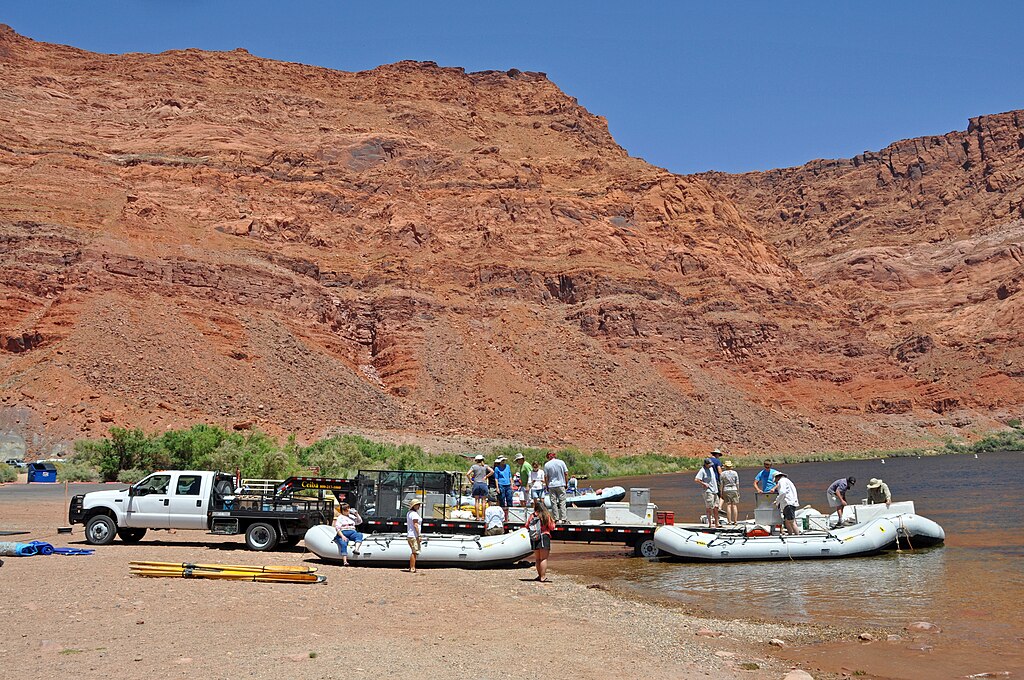











Post Comment